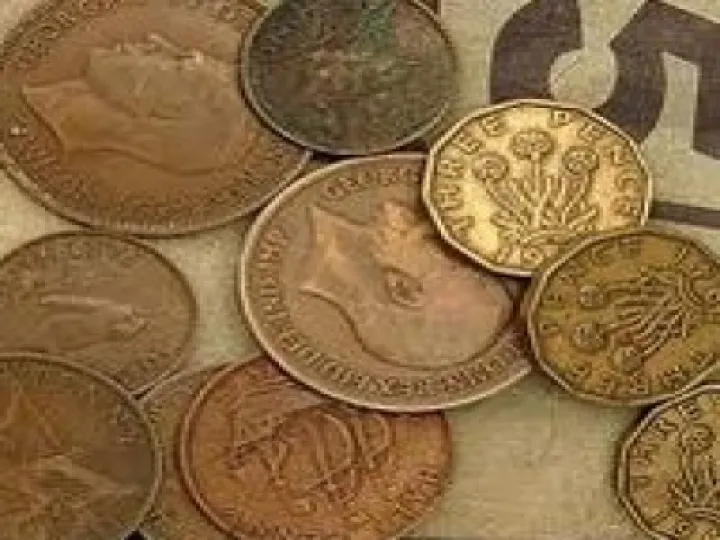Comparative Prices
Comparing today's prices with those of years, and especially centuries, ago is not as straightforward as you might think. One website (http://www.measuringworth.com) gives four different values equating to £1 in 1790. In 2018 these were £113.20; £1,410, £1,718 and £11,030!
This is because it is very difficult to compare prices over time: the cost relative to income, for example is very different from the cost then relative to the cost today. Wages have increased faster than prices. So the easiest way to understand it is to think about how much the ordinary person earned and how much things they might need to buy cost.
For example, when televisions first became available they were very expensive – in 1949 a new 'cheap' model was available for just £72. That doesn't sound expensive, but the same newspaper (the Gloucester Citizen, 13 October 1949) that carried an advertisement for that TV also had entries in the Situations Vacant column which showed that weekly wages were between £2 and £8 per week. In other words, it would take something like 12 weeks gross wages to purchase the television. Today even someone on the National Minimum Wage would need to only work half a week to earn the price of a cheap TV.
In the early part of the nineteenth century, wages were counted in shillings rather than in pounds. We know from the Caldwell Wages book that the gardeners in the period 1844-1856 earned 11 shillings a week. This was exactly the same amount that was paid to Wiliam Walton in 1811 (see ledger 12) – there had been no increase in wages for a half a century! So if any of the staff wanted to buy one of the new plants the nursery stocked, they would have found it very difficult to pay for them – a new dahlia could cost as much as 2 shillings or even 3 shillings and 6 pence – about 30% of their weekly wage. Imagine paying £100 for a new variety of dahlia today!

